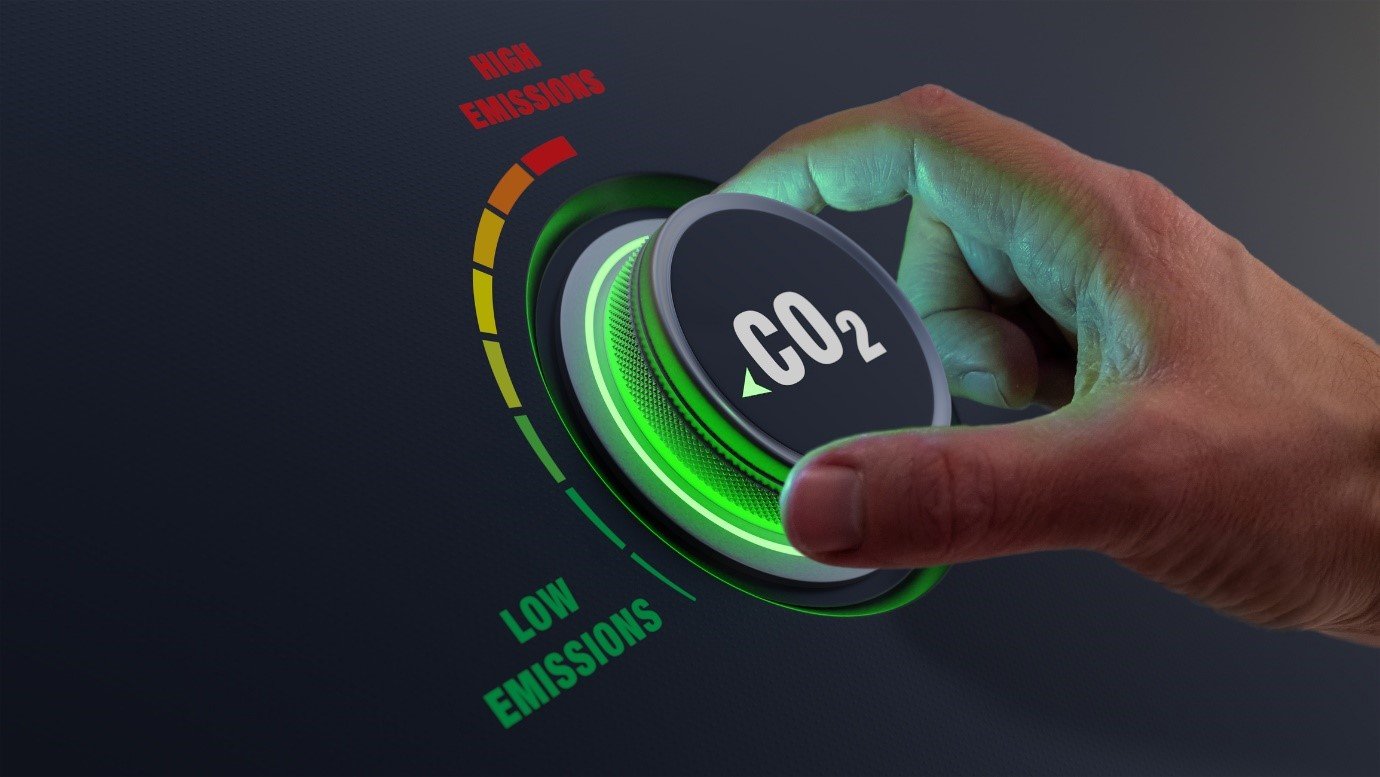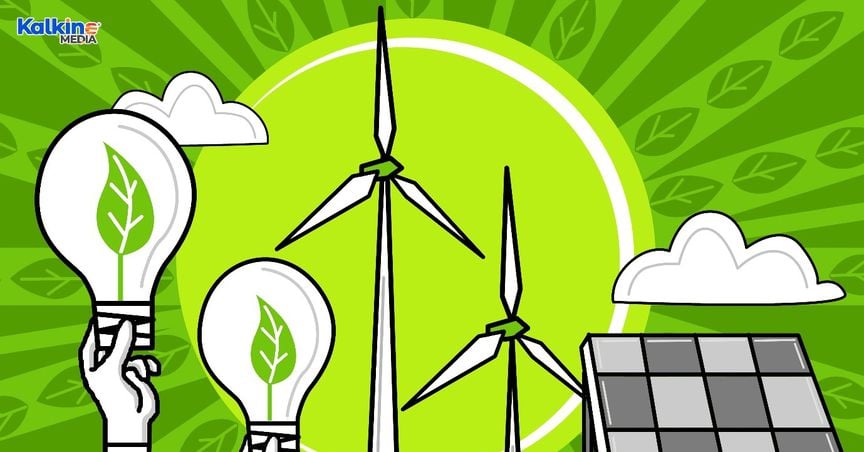Highlights
- Australia has successfully beaten Kyoto targets but achieving the 2030 target may be somewhat challenging.
- Currently, the emission reduction fund (ERF) is the centrepiece of the Australian Government's policies rather than the carbon pricing mechanism.
- The Australian government has pledged AU$67 million of funding to help the development of two carbon capture and storage (CCS) hubs.
Despite climate change posing one of the greatest challenges, Australian major political parties are silent on climate actions. On 20 April 2022, during the first leaders’ debate for the election campaign, Prime Minister Scott Morrison and opposition leader Anthony Albanese didn't mention climate change even for a single time.
What does this suggest? Either the nation is on track to attain its targets, or it is lagging, and these leaders don't want to discuss this sensitive issue prior to elections. To understand this, first, we must know what Australia’s climate targets are.
Also read: Nations conclude climate agreement after last-minute compromise on fossil fuels
Australia’s targets to reduce greenhouse gas emission
Under international climate agreements, the country has two targets to reduce its greenhouse gas (GHG) emissions. Under the Kyoto Protocol, the country had pledged to reduce GHG emissions by 5% below 2000 by the year 2020 and, under the Paris Agreement, Australia aims to curb its emissions 26%-28% below 2005 levels by 2030.
While the nation has successfully beaten Kyoto targets, achieving the 2030 target seems somewhat challenging.

Data Source: Parliament of Australia
More than half of the country's GHG emissions come from the generation of electricity and direct fuel combustion. Apart from this, the transport and agriculture sectors also contribute nearly 17% and 13% of the total GHG emissions, respectively.
Currently, the emission reduction fund (ERF) is central to the Australian Government’s policies rather than the carbon pricing mechanism, which was introduced in 2012 by the incumbent Australian Labor Party Government.
Must Read: How can carbon sequestration assist the world to attain a carbon-neutral future
Efforts by the Australian government
ERF allows the Australian government to purchase Australian Carbon Credit Units through an auction process administered by the Clean Energy Regulator.
So far, a range of projects has been funded under the ERF to reduce emissions.

Source: © Nicoelnino | Megapixl.com
In addition to ERF, the Australian government has also announced several measures to curb hydrofluorocarbons (HFCs) emissions by 85% by 2036. Furthermore, the government is also exploring options to enhance the efficiency of the country’s vehicle fleet, providing subsidies to the buyers of electric vehicles and funding hydrogen generation projects.
Recently, the Australian government has pledged AU$67 million of funding towards the development of two carbon capture and storage (CCS) hubs – one led by Mitsui E&P and the other by Woodside.
Must Watch: Is a carbon-neutral life feasible? | Expert Talk with CarbonClick's Dave Rouse
Private players including Santos (ASX:STO), Glencore, and ExxonMobil are also working in the same direction with a similar objective to reduce carbon footprints.
Bottom Line
Carbon emissions are adversely impacting our climate and businesses can play a significant role in curbing these emissions. With the world racing to curb greenhouse gas (GHG) emissions, countries across the globe have set their milestones to attain carbon neutrality in coming decades. Carbon capture and storage is one such technology that can be instrumental in helping the world reduce carbon concentration in the atmosphere.



